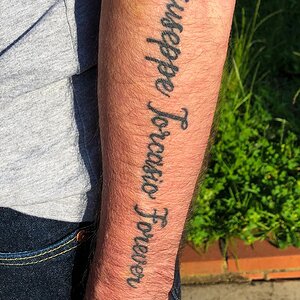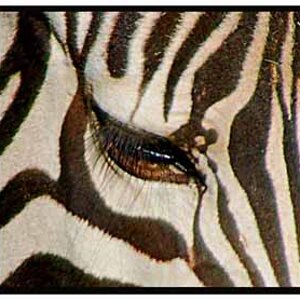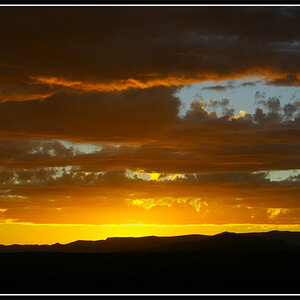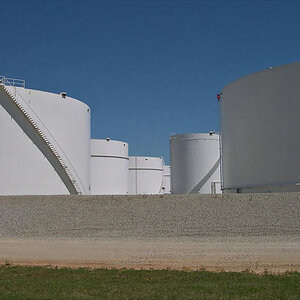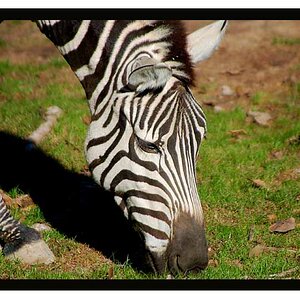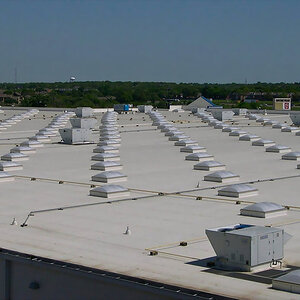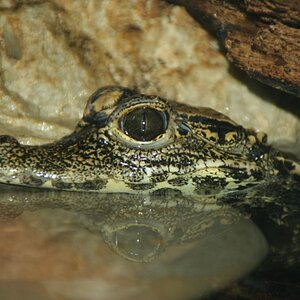Ysarex
Been spending a lot of time on here!
- Joined
- Nov 27, 2011
- Messages
- 7,135
- Reaction score
- 3,681
- Location
- St. Louis
- Can others edit my Photos
- Photos OK to edit
I could certainly shoot in JPEG monochrome with a filter adjustment, but that wouldn't give me the quality of RAW.
To answer your original question. Use a digital camera, shoot and process raw files, convert them to B&W and get quality that is superior to shooting film.
Joe
Only if you're going to compare a DSLR to 35mm SLR film cameras. Let's not forget medium, large and ultra-large format.
I routinely scan 6x7 negs to 45-50mp, and 4x5 at 75mp. I could scan 4x5 at 1.2gp, but my computer can't handle images that size.
It's true that you can shoot large film for less money than a large sensor, but large sensors do exist. Another point to consider: resolution is an important image quality consideration but not the most important image quality consideration. When assessing the quality of an image (especially B&W) tone response is quality characteristic #1. The size of film doesn't much matter in that regard.
Joe


